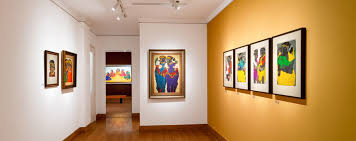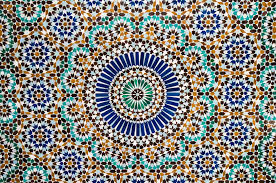
Menu

Calligraphy and Islamic decorative art have long flourished in Sudan, expressing spirituality, cultural identity, and aesthetic sophistication. Rooted in centuries of Islamic tradition, these art forms transform words and patterns into powerful symbols of faith and beauty.
Arabic calligraphy is at the heart of this tradition. Artists carefully inscribe Qur’anic verses, prayers, and religious sayings in flowing, elegant scripts on paper, walls, wood, and even pottery. The Kufic and cursive scripts are especially popular, their balanced forms lending themselves to both readability and ornamental design. In Sudanese Sufi traditions, calligraphy often carries a spiritual dimension, believed to embody divine blessings and protection.
Mosques and religious schools across Sudan showcase exquisite decorative art. Walls and mihrabs (prayer niches) feature geometric patterns, vegetal motifs, and arabesques—complex, repeating designs symbolizing the infinite nature of God. These decorations avoid figurative imagery in keeping with Islamic artistic principles, instead focusing on abstraction and harmony to inspire contemplation and awe.
Woodcarving is another important medium. Doors, window shutters, and minbars (pulpits) often display intricate calligraphic panels and geometric carvings. These elements are not only decorative but also elevate the spiritual atmosphere of sacred spaces.
Sudan’s Islamic art also has a distinctive local character. Artists often blend traditional Arabic calligraphy with indigenous Sudanese motifs and colors, creating a unique aesthetic that reflects the country’s multicultural heritage. This fusion can be seen in everything from mosque architecture to personal amulets inscribed with protective prayers.
Today, while modernization poses challenges, many Sudanese calligraphers and artisans are committed to preserving and innovating these traditions. Workshops, exhibitions, and cultural festivals celebrate calligraphy’s enduring appeal, ensuring it remains a living art form.
Calligraphy and Islamic decorative art in Sudan are more than visual embellishment—they are a testament to faith, cultural continuity, and the timeless human desire to find beauty in the sacred.

@THE INDIAN ART COTTAGE
© The Indian Art Cottage | All Rights Reserved | 2025